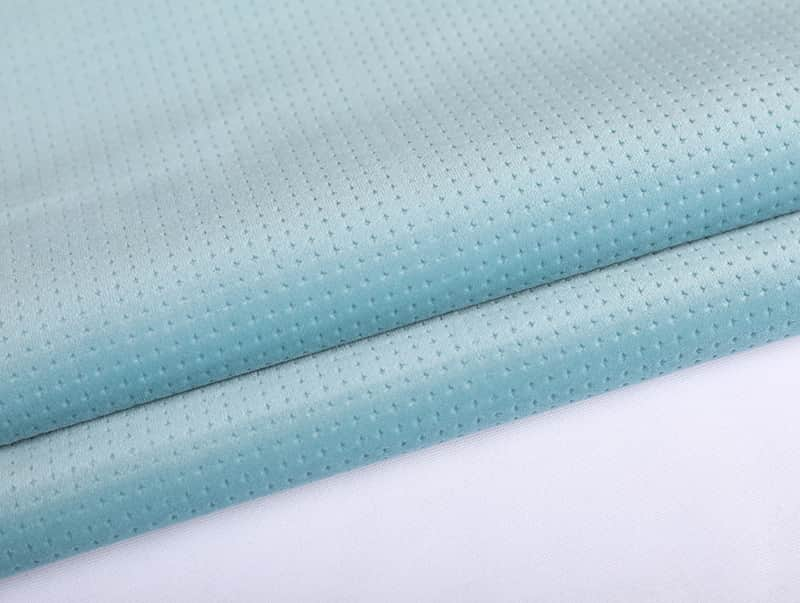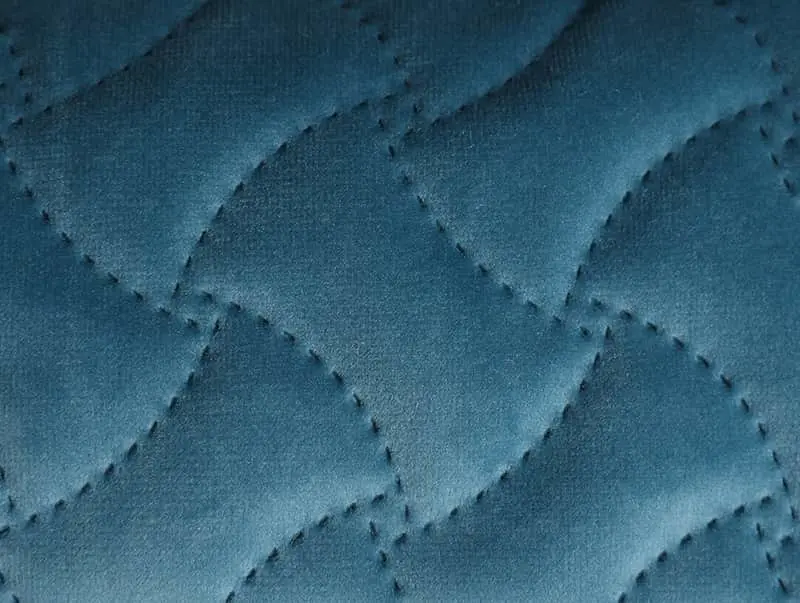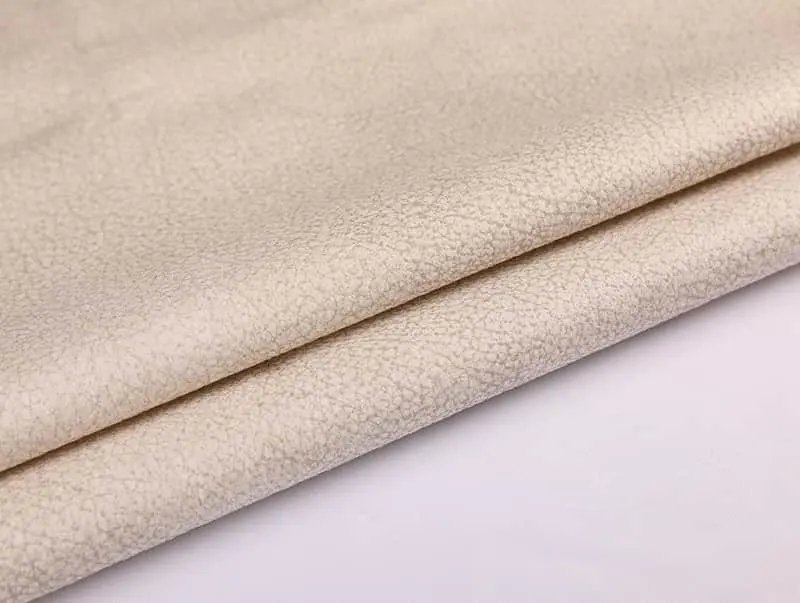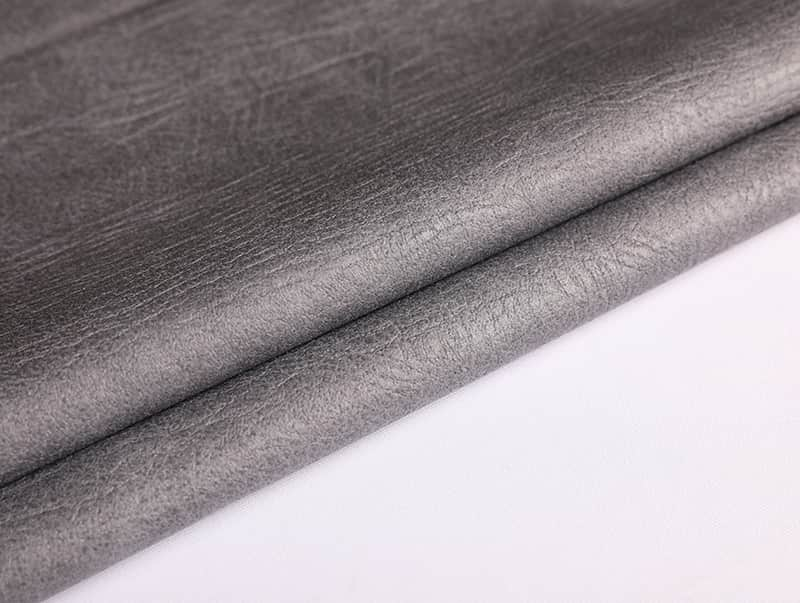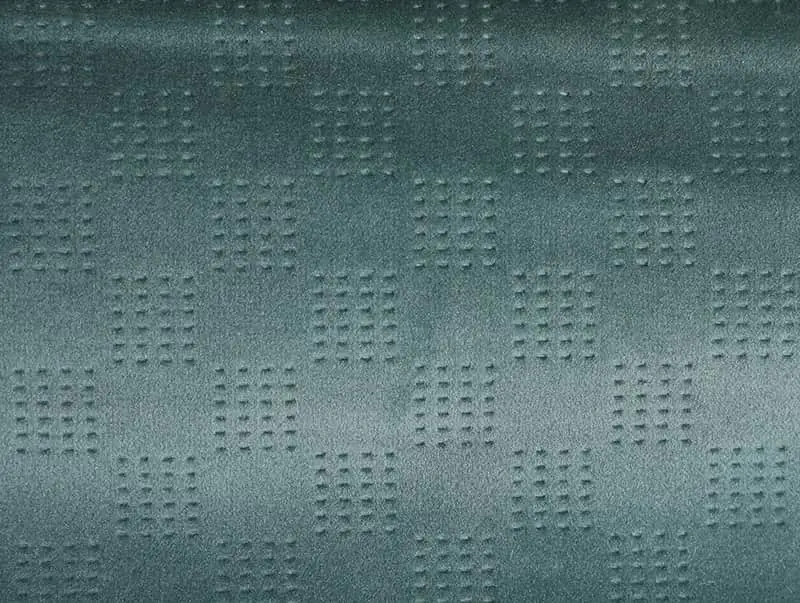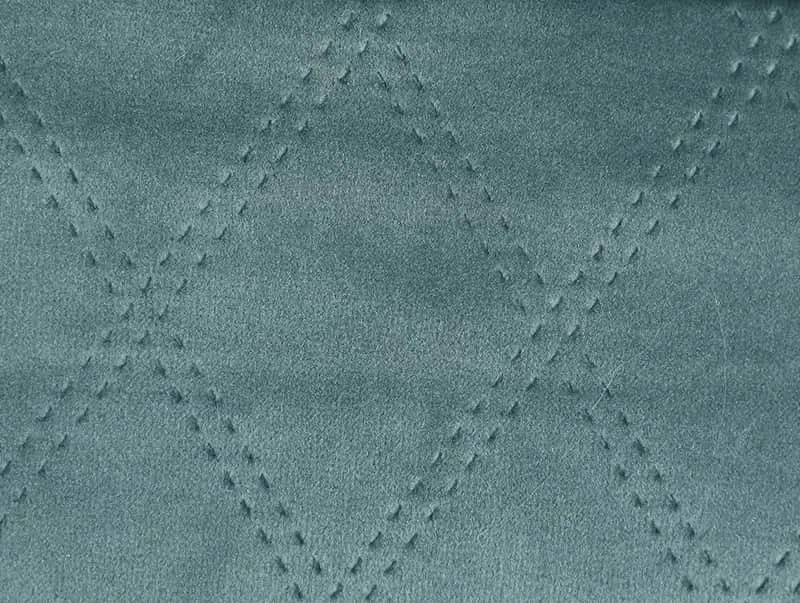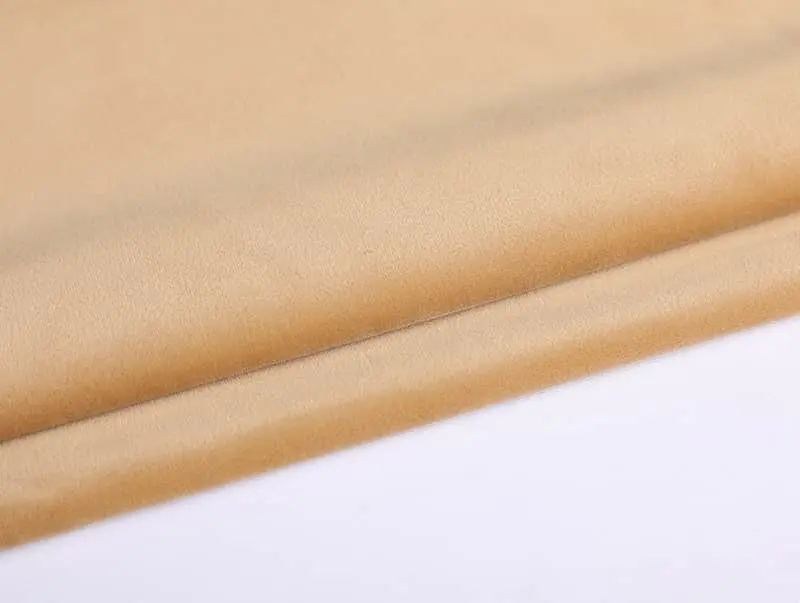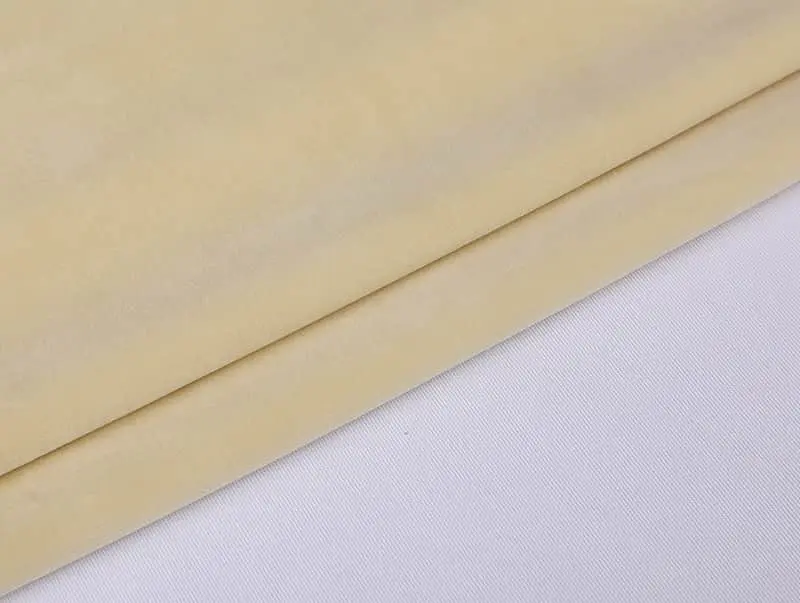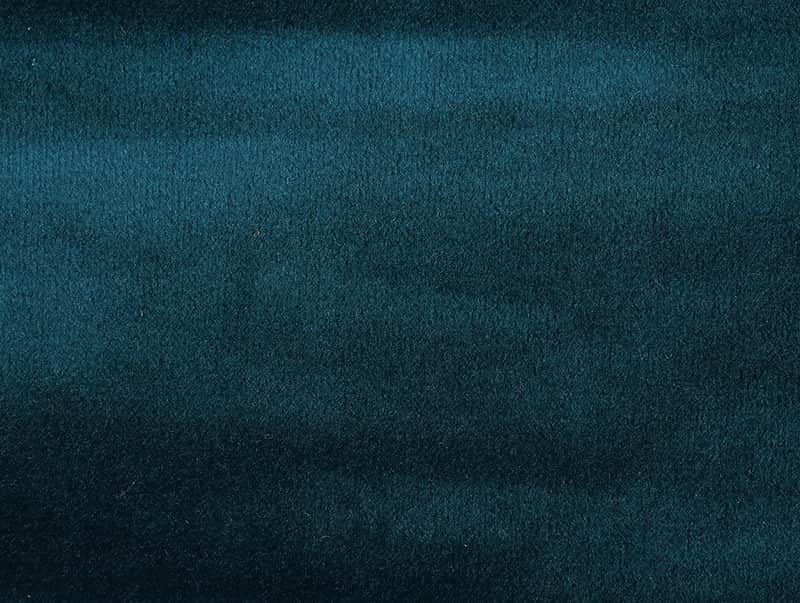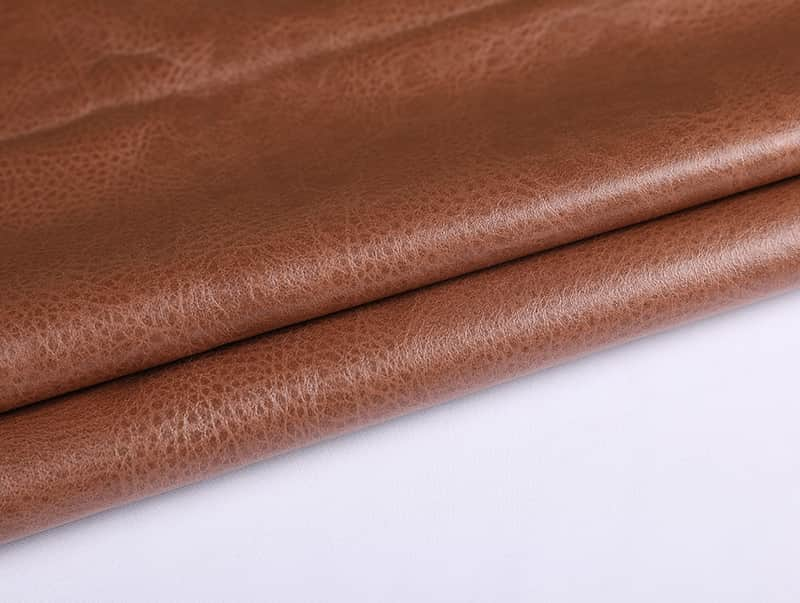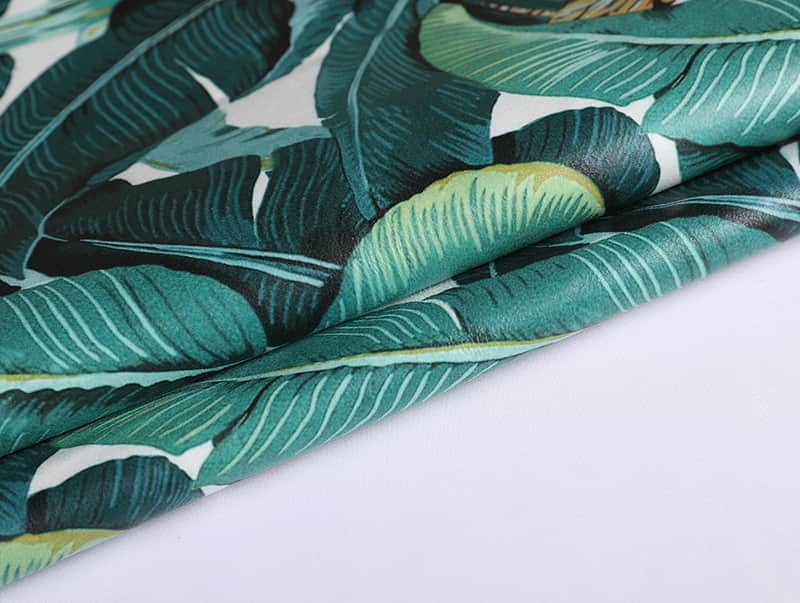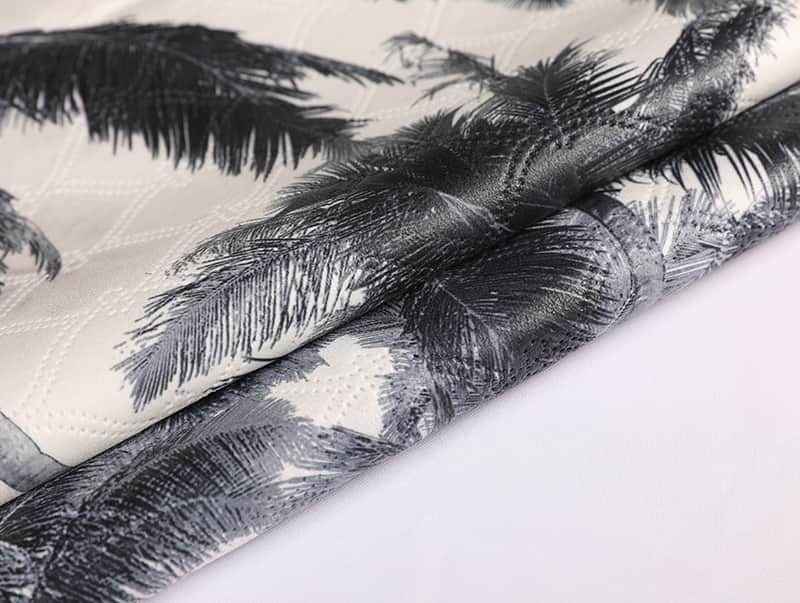Warp knitting fabrics can be classified into various categories based on their structures, patterns, and characteristics. Here are some common classifications of warp knitting fabric:
Tricot: Tricot is a type of warp knitting fabric characterized by a close-knit structure with fine vertical wales on the face and horizontal crosswise ribs on the back. Tricot fabrics have a smooth and shiny surface, good drape, and stretch. They are commonly used in lingerie, swimwear, sportswear, and lining fabrics.
Raschel: Raschel is a versatile warp knitting fabric that can be produced in a wide range of patterns and designs. It has an open-knit structure with distinct patterns created by complex lappings of yarns. Raschel fabrics can range from fine and sheer to heavy and textured, depending on the yarns and lappings used. They are used in applications such as lace, nets, curtains, upholstery, and technical textiles.
Milanese: Milanese is a warp knitting fabric characterized by a hexagonal mesh structure. It has a firm and stable construction, making it suitable for applications that require durability and strength. Milanese fabrics are commonly used in sports equipment, luggage, bags, and industrial textiles.
Spacer: Spacer fabrics are warp knits with a three-dimensional structure created by two separate sets of yarns and an interconnecting spacer yarn. This construction provides cushioning, breathability, and insulation properties. Spacer fabrics are used in applications such as mattress padding, footwear, automotive seating, and medical textiles.
Brushed Warp Knits: Brushed warp knits have a soft and fuzzy surface created by brushing or raising the loops of the fabric. This process enhances the fabric's warmth, texture, and insulation properties. Brushed warp knits are commonly used in apparel applications such as jackets, sweaters, blankets, and winter accessories.
Tulle: Tulle is a lightweight and sheer warp knitting fabric with a hexagonal mesh structure. It is often made from fine synthetic yarns such as nylon or polyester. Tulle fabrics are widely used in bridal veils, tutus, decorative accents, and fashion accessories.
Power Net: Power net is a warp knitting fabric known for its high elasticity and shaping properties. It has a net-like structure with larger open spaces and smaller knitted areas, providing controlled stretch and support. Power net fabrics are commonly used in shapewear, lingerie, swimwear, and foundation garments.
Jacquard Warp Knits: Jacquard warp knits are produced using a specialized knitting technique that creates intricate patterns, designs, or motifs. These fabrics can incorporate various colors, textures, and raised patterns. Jacquard warp knits are used in applications such as apparel, upholstery, home textiles, and decorative fabrics.
Meanwhile,Warp knitting fabrics play a significant role in the textile industry and are utilized for various applications due to their specific characteristics and properties. Here are some key roles of warp knitting fabric:
Apparel: Warp knitting fabrics are extensively used in the apparel industry. Their stretchability, drape, and texture make them suitable for a wide range of garments. Tricot fabrics, for example, are commonly used in lingerie, swimwear, sportswear, and lining materials due to their smooth surface and stretch. Raschel fabrics find applications in lace, nets, and sheer fabrics for dresses and skirts. Brushed warp knits provide warmth and softness, making them ideal for winter wear.
Technical Textiles: Warp knitting fabrics are widely used in technical textiles due to their structural integrity and specific properties. Spacer fabrics, for example, are employed in mattress padding, automotive seating, and footwear for their cushioning, breathability, and insulation characteristics. Power net fabrics find applications in shapewear, compression garments, and medical textiles, providing support, shaping, and elasticity.
Home Textiles: Warp knitting fabrics play a role in home textile applications such as upholstery, curtains, and decorative fabrics. Raschel fabrics with intricate patterns and designs are used to create elegant lace curtains or decorative accents. Tulle fabrics, with their lightweight and sheer qualities, are used in window treatments and decorative draperies.
Industrial Applications: The durability and strength of warp knitting fabrics make them suitable for various industrial applications. Milanese fabrics, with their firm construction, are used in sports equipment, luggage, and bags for their robustness. Spacer fabrics find applications in filtration, sound insulation, and technical components due to their three-dimensional structure.
Accessories: Warp knitting fabrics are utilized in the production of accessories such as scarves, hats, gloves, and hosiery. The wide variety of warp knitting structures allows for different textures and designs, providing options for creative and fashionable accessories.
Upholstery and Furnishings: Warp knitting fabrics are employed in upholstery applications, including furniture upholstery, cushions, and seating covers. The versatility of warp knitting allows for various textures, patterns, and color combinations, enhancing the aesthetics and durability of upholstered furniture.
Crafts and Decorative Applications: Warp knitting fabrics find applications in crafts, DIY projects, and decorative applications. Tulle fabrics, for instance, are commonly used in wedding decorations, gift wrapping, and crafting projects due to their lightweight and sheer nature.
Automotive Industry: Warp knitting fabrics are utilized in the automotive industry for interior applications such as seat covers, headliners, and door panels. Their durability, comfort, and ability to withstand frequent use make them suitable for automotive upholstery.
Overall, warp knitting fabrics play a vital role in various industries and applications, providing functional and aesthetic solutions. Their specific properties, such as stretch, drape, texture, and strength, make them versatile materials for apparel, technical textiles, home furnishings, industrial applications, and more.


